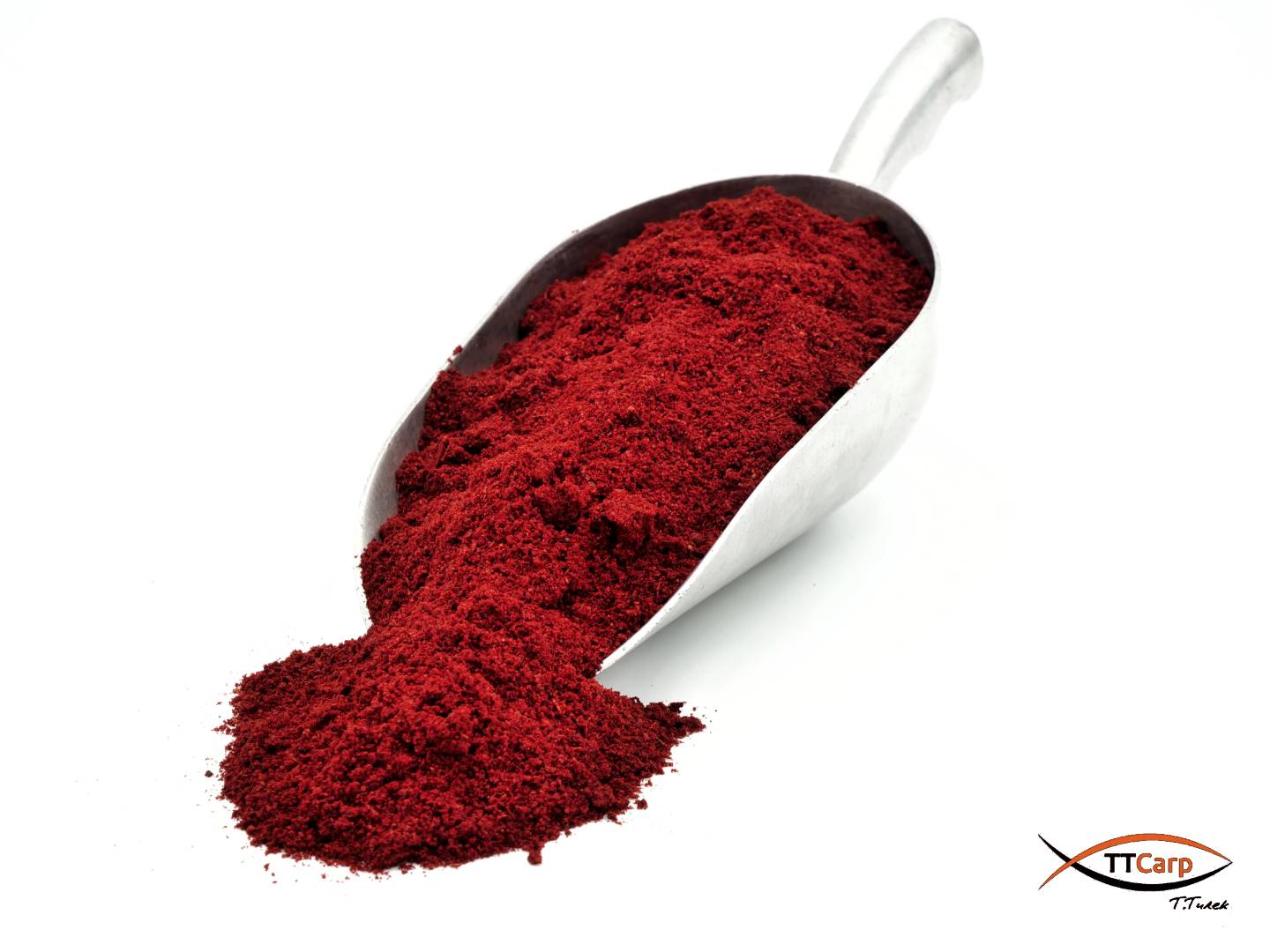

Its stock price has seen a significant decline, leaving investors and analysts wondering what might be the reasons behind it.Here are some of the potential factors that may have contributed to Snap's stock decline:1.User GrowthOne of the primary reasons behind Snap's stock decline is its stagnant user growth.The company struggled to attract more users and retain existing ones, leading to a slower growth rate compared to its competitors.


However, all is not lost for Snap, as there are several strategies that the company can employ to regain its market share and remain relevant in the rapidly evolving social media landscape.In this blog post, we will explore the reasons behind Snap's decline, the impact of competition on their business, and the potential strategies they can use to regain market share.Reasons behind Snap's stock declineThe past few months have not been kind to Snap Inc.The parent company of Snapchat. Snap Inc.The company behind the popular social media platform Snapchat, has been experiencing a decline in stock prices over the past few months.The reasons for this drop in value are multifold, with increased competition being one of the major contributing factors.Platforms like Instagram and TikTok have taken off in popularity, leading many Snapchat users to migrate to these newer, more dynamic platforms. Fast causal chains have a menu with items that consumers perceive as including healthier ingredients, but don’t require table service.Snap stock down 25 as the social network struggles Part of the reason Chipotle is doing so well is it helped pioneer the “fast casual” concept: restaurants between fast-food chains and casual dining restaurants, such as Red Robin. The quarter is a story of “haves” and “have nots” according to some analysts, with names like Chipotle Mexican Grill (CMG) performing well even as many consumers are pressured by the macroeconomic environment. Guest traffic tumbled 2.5%, performing slightly below its peers.Ī key theme that has surfaced in the second quarter earnings season is that while many consumer-focused brands are suffering from weak traffic, not all players are losing out. Comparable restaurant revenue grew 1.2% for the second quarter, slower growth than Red Robin has reported over the past year. Adjusted profit and revenue figures badly missed expectations. Still, investors cannot ignore that results for the latest period were a disappointment. Instead, Red Robin–which has focused on bolstering its offerings behind the bar as well as debuting more innovative burger offerings–said it hopes to court consumers with new menu options and other initiatives. Red Robin executives warned restaurant rivals continue to offer aggressive promotions to lure consumers, a trend Red Robin is planning to resist. Results for the restaurant chain’s fiscal second-quarter missed Wall Street’s expectations, as Red Robin said its consumers remained pressured by the muted economy.


 0 kommentar(er)
0 kommentar(er)
